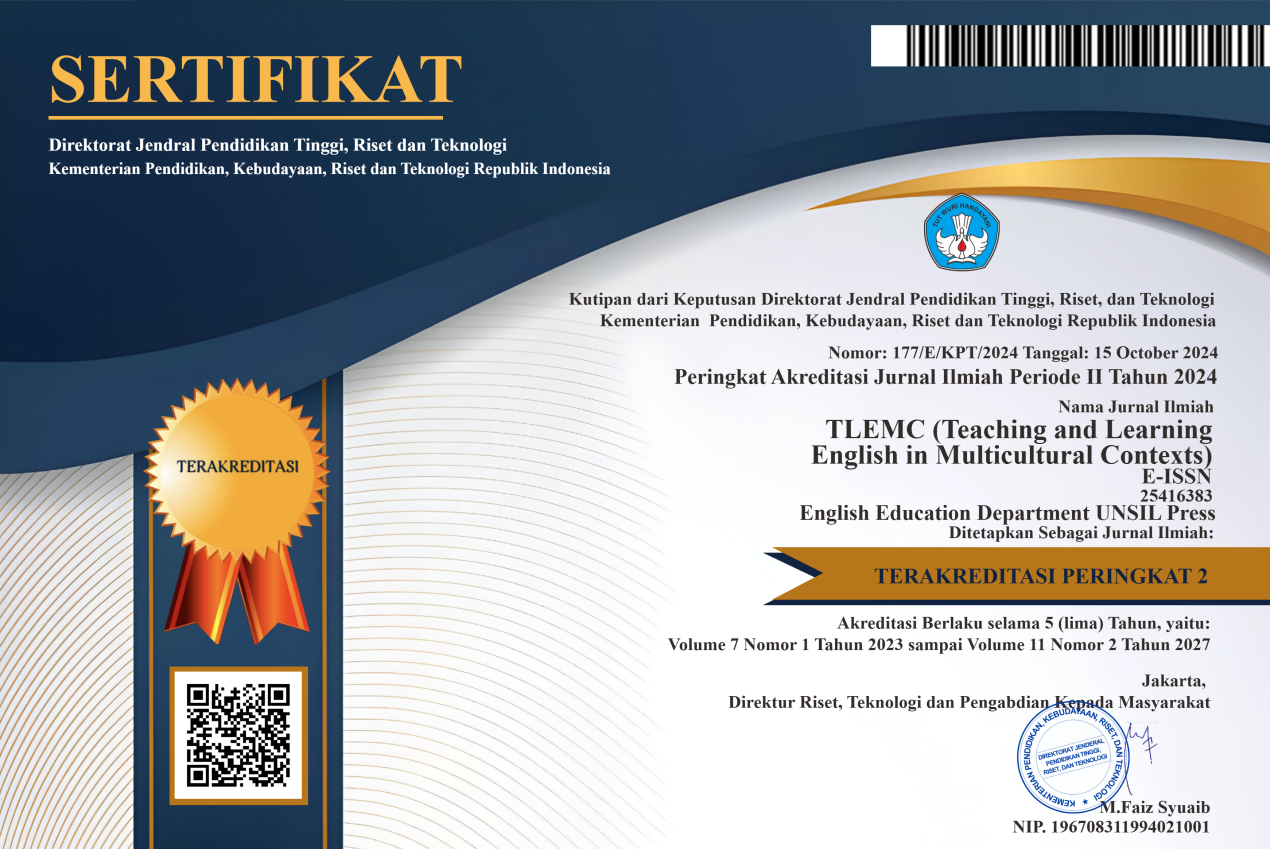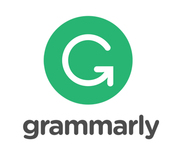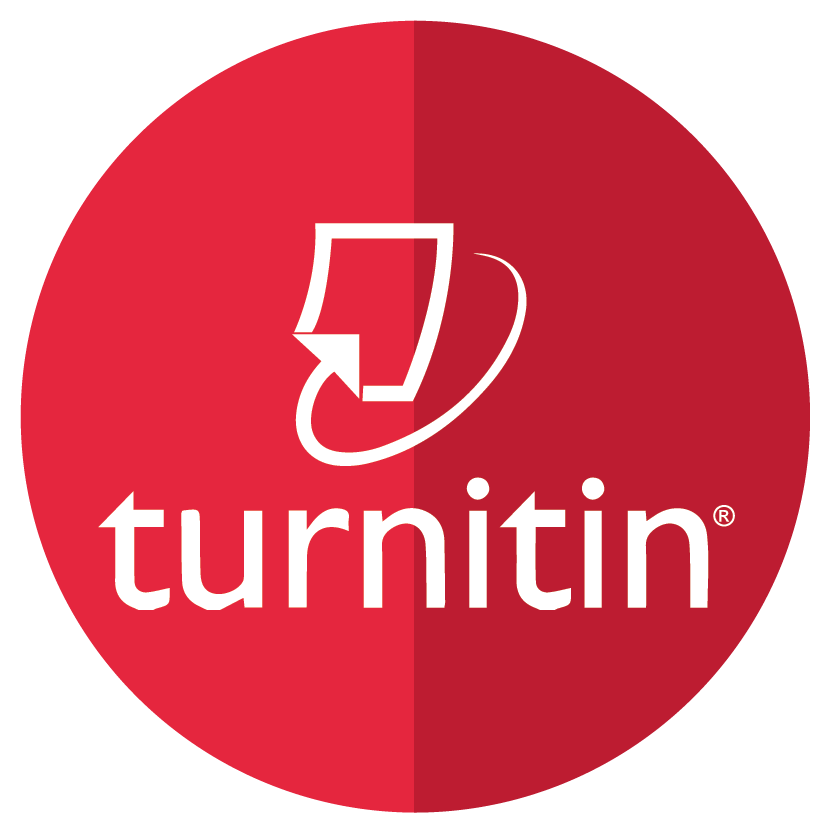New frontiers in English literacy education: Preparing critical junior secondary Eastern Indonesia students
Abstract
This study examines innovative methods for teaching English literacy to junior secondary students in Eastern Indonesia, focusing on critical literacy. Using an ethnopedagogical approach, it investigates the challenges and strategies for implementing critical literacy, the effects on students’ perspectives and cultural identities, and develops tailored teaching models. Data were gathered through classroom observations, interviews with two English teachers and 50 eighth-grade students from two schools, and documents analysis. The findings highlight significant resource disparities between urban and rural areas, requiring creative adaptations of critical literacy methods. Incorporating local contexts into literacy activities strengthened students’ cultural identities and enhanced their engagement with global issues. Successful pedagogical models included bilingual multimodal texts, digital literacy integration, and collaborative project-based learning. The study also identified challenges from traditional teaching methods and an exam-focused culture, suggesting a gradual introduction of critical thinking activities. The findings of the study provide valuable insights for teachers and policymakers on implementing effective English literacy education in diverse, resource-limited settings, underscoring the need for culturally response approaches.
Keywords: Critical literacy, English as a foreign language, Eastern Indonesia, ethnopedagogy, student identity
Full Text:
PDFReferences
Alwasilah, A. C., Suryadi, K., & Karyono, T. (2022). Etnopedagogi: Landasan praktek pendidikan dan pendidikan guru. Kiblat Buku Utama.
Antasari, I. W. (2017). Implementasi gerakan literasi sekolah tahap pembiasaan di MI Muhammadiyah Gandatapa Sumbang Banyumas. Libria, 9(1).
Antoro, B. (2017). Gerakan Literasi Sekolah dari pucuk hingga akar: sebuah refleksi. Direktorat Jenderal Pendidikan Dasar dan Menengah.
Azzizah, Y. (2015). Socio-Economic Factors on Indonesia Education Disparity. International Education Studies, 8(12), 218-229.
Canagarajah, A. S. (2013). Literacy as translingual practice: Between communities and classrooms. Routledge.
Clarke, V., & Braun, V. (2013). Successful qualitative research: A practical guide for beginners.
Cope, B., & Kalantzis, M. (2015). The things you do to know: An introduction to the pedagogy of multiliteracies. In A pedagogy of multiliteracies: Learning by design (pp. 1-36). Springer.
Creswell, J. W., & Poth, C. N. (2016). Qualitative inquiry and research design: Choosing among five approaches. Sage publications.
Cummins, J. (2017). Teaching for transfer in multilingual school contexts. Bilingual and multilingual education, 3, 103-115.
Dafit, F., Mustika, D., & Melihayatri, N. (2020). Pengaruh Program Pojok Literasi Terhadap Minat Baca Mahasiswa. Jurnal Basicedu, 4(1), 117-130.
De Costa, P. I., Rawal, H., & Li, W. (2018). Broadening the second language teacher education agenda: International perspectives on teacher emotions. Chinese Journal of Applied Linguistics, 41(4), 401-409.
Dede, C., Bellanca, J., & Brandt, R. (2010). 21st century skills: Rethinking how students learn. Comparing Frameworks for 21st Century Skills, 51-76.
Fairclough, N. (2013). Critical discourse analysis: The critical study of language. Routledge.
Faradina, N. (2017). Pengaruh program gerakan literasi sekolah terhadap minat baca siswa di SD Islam Terpadu Muhammadiyah An-Najah Jatinom Klaten. Hanata Widya, 6(8), 60-69.
Hall, L. A., & Piazza, S. V. (2008). Critically reading texts: What students do and how teachers can help. The Reading Teacher, 62(1), 32-41.
Hartshorne, J. K., Tenenbaum, J. B., & Pinker, S. (2018). A critical period for second language acquisition: Evidence from 2/3 million English speakers. Cognition, 177, 263-277.
Huang, S.-y. (2011). Reading'Further and Beyond the Text': Student Perspectives of Critical Literacy in EFL Reading and Writing. Journal of Adolescent & Adult Literacy, 55(2).
Janks, H. (2013). The importance of critical literacy. In Moving critical literacies forward (pp. 32-44). Routledge.
Kirkpatrick, A. (2014). English as a medium of instruction in East and Southeast Asian universities. Dynamic ecologies: A relational perspective on languages education in the Asia-Pacific region, 15-29.
Kuchah, K. (2018). Teaching English in difficult circumstances: Setting the scene. In International perspectives on teaching English in difficult circumstances: Contexts, challenges and possibilities (pp. 1-25). Springer.
Kumaravadivelu, B. (2003). A postmethod perspective on English language teaching. World Englishes, 22(4), 539-550.
Leu, D. J., Forzani, E., Rhoads, C., Maykel, C., Kennedy, C., & Timbrell, N. (2015). The new literacies of online research and comprehension: Rethinking the reading achievement gap. Reading Research Quarterly, 50(1), 37-59.
Lewison, M., Flint, A. S., & Van Sluys, K. (2002). Taking on critical literacy: The journey of newcomers and novices. Language arts, 79(5), 382-392.
Luke, A. (2012). Critical literacy: Foundational notes. Theory into practice, 51(1), 4-11.
Norton, B., & Toohey, K. (2011). Identity, language learning, and social change. Language teaching, 44(4), 412-446.
Simons, G. F., & Fennig, C. D. (2018). Ethnologue: Languages of the world, SIL International. Consulté à l’adresse https://www. ethnologue. com/subgroups/signlanguage.
Sulistiyo, U., Haryanto, E., Widodo, H. P., & Elyas, T. (2020). The portrait of primary school English in Indonesia: policy recommendations. Education 3-13, 48(8), 945-959.
Suratno, T. (2010). Memaknai Etnopedagogi sebagai landasan pendidikan guru di universitas pendidikan indonesia. Proceedings of The 4th International Conference on Teacher Education,
Tamah, S. M., Triwidayati, K. R., & Utami, T. S. D. (2020). Secondary school language teachers’ online learning engagement during the COVID-19 pandemic in Indonesia. Journal of Information Technology Education: Research, 19, 803-832.
Thorne, S. L., & Lantolf, J. P. (2006). A linguistics of communicative activity. BILINGUAL EDUCATION AND BILINGUALISM, 62, 170.
Tour, E. (2015). Digital mindsets: teachers' technology use in personal life and teaching. Language Learning & Technology, 19(3), 124-139.
Vasquez, V. M., Janks, H., & Comber, B. (2019). Critical literacy as a way of being and doing. Language arts, 96(5), 300-311.
Walqui, A. (2006). Scaffolding instruction for English language learners: A conceptual framework. International journal of bilingual education and bilingualism, 9(2), 159-180.
Warschauer, M. (2011). A literacy approach to the digital divide. Cadernos de Letras, 28, 5-19.
Widodo, H. P. (2016). Language policy in practice: Reframing the English language curriculum in the Indonesian secondary education sector. English language education policy in Asia, 127-151.
Yang, Q., Yang, S., & Shi, W. (2023). Translanguaging Pedagogies in EFL Writing Education. International Journal of TESOL Studies, 5(1).
DOI: https://doi.org/10.37058/tlemc.v9i1.15321
Refbacks
- There are currently no refbacks.
INDEXED BY:
This work is licensed under a Creative Commons Attribution-NonCommercial-ShareAlike 4.0 International License.
![]()
TLEMC (Teaching and Learning English in Multicultural Contexts)
Program Studi Pendidikan Bahasa Inggris
Fakultas Keguruan dan Ilmu Pendidikan
Universitas Siliwangi
Jl. Siliwangi No. 24 Kota Tasikmalaya - 46115
email: tlemc@unsil.ac.id





